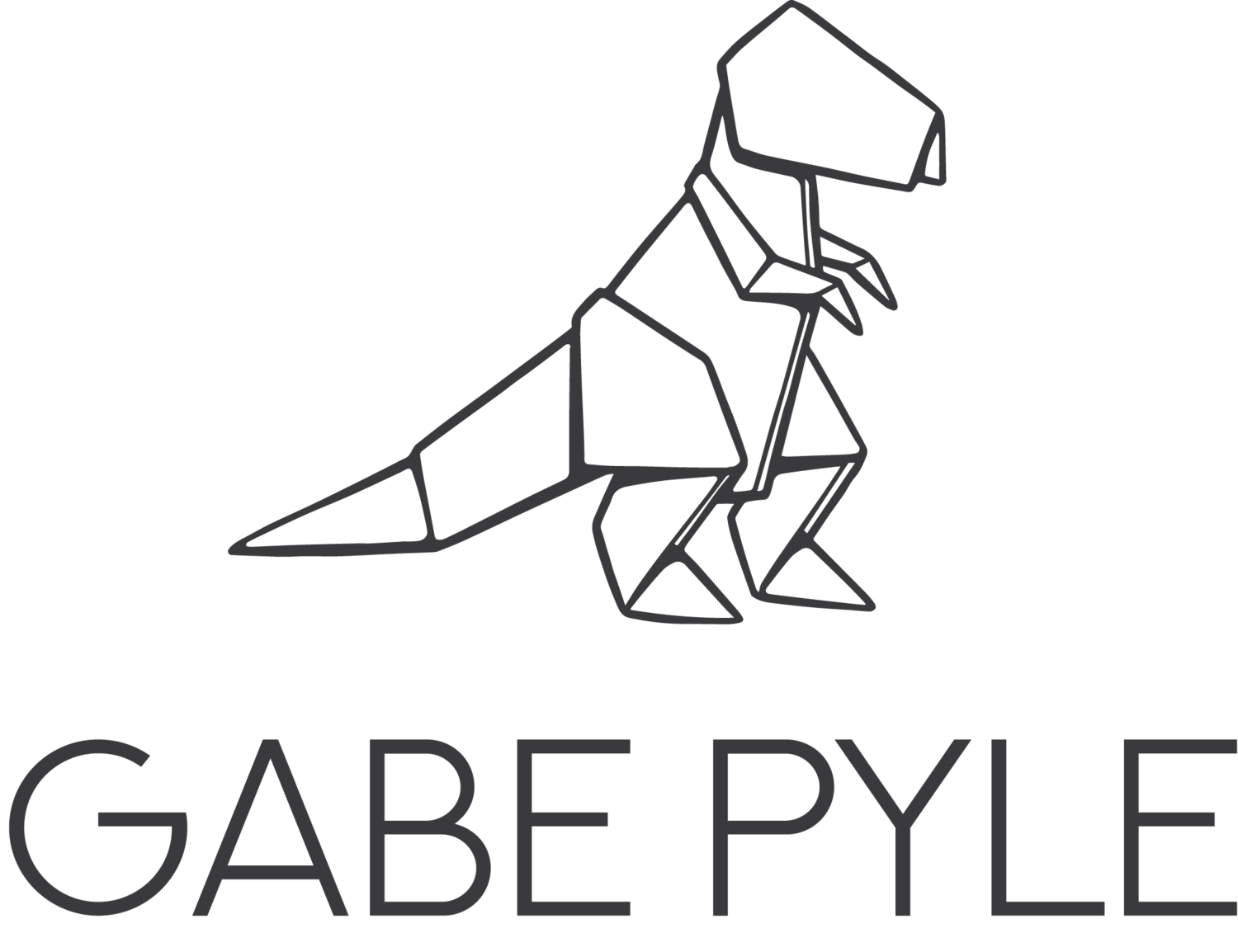BCI Session 4.1
Be:
I think for this BCI session, Nature was trying to help me take the “Be” portion a little too literally. I found a nice spot next to a hill and sat for a few moments in peace before a bumble bee started hovering right next to my ear. Now I’ve been getting better at sitting and focusing for ten minutes, but having that buzzing sound so close to my ear forced me to move a couple times. And it gave me the willies.
Contemplate:
Notice the wide variety of different functions and strategies there are in the natural spot.
As for contemplating the functions in nature around me, I had to consider the way a bee maintains altitude despite its fat little body. I also noticed how mosquitos draw blood painlessly. I’ll be contemplating that function for a few more days, I’m sure.
A few other functions I noticed:
A mouse hiding under leaves for protection
How plants survive and recover when their leaves are damaged
How mosquitos can even sense blood in the first place (heat? smell?)
Moss growing out of old, rotting wood, using the nutrients of the old to create something new
A vine-like plant wrapping itself around a taller tree to gain access to sunlight
Trees putting most of their leaves at the canopy and only a few where there’s only a little sunlight
Birds communicating back and forth via chirping
Lightning bug illuminating its back end
Imagine:
How might one or two of these functions or strategies be used as the basis for a radically innovative new product design?
The bioluminescence of the lightning bug could have really radical implications for road safety. Anything from pedestrians to bikers to vehicles, bioluminescence could change the way we see each other on the road. I think it’d be cool to have the back end of a car illuminate naturally, perhaps as part of a chemical process that helps maintain another function of the car (maintaining operational temperature, maintaining passenger temperature, propulsion, etc.). The whole back end could glow and pulse as it operates.
For bikers, perhaps the motion of the pedaling could churn up some kind of bioluminescence-like lighting system on the bike or the biker itself so that pedaling the bike “charges” the light, saving energy when the bike is not in use.
In looking at the leaves and how the trees maintain them, it’d be amazing if our solar cells could respond the same way leaves do— maybe the solar cell structure could produce a multitude of solar cells, and each one would tilt to find maximum sunlight exposure. Solar cells that don’t receive enough light could collapse and reintegrate into the solar cell structure for later use, allowing the system to only expend energy on maintaining the solar cells that are capturing more energy than they require to maintain.
